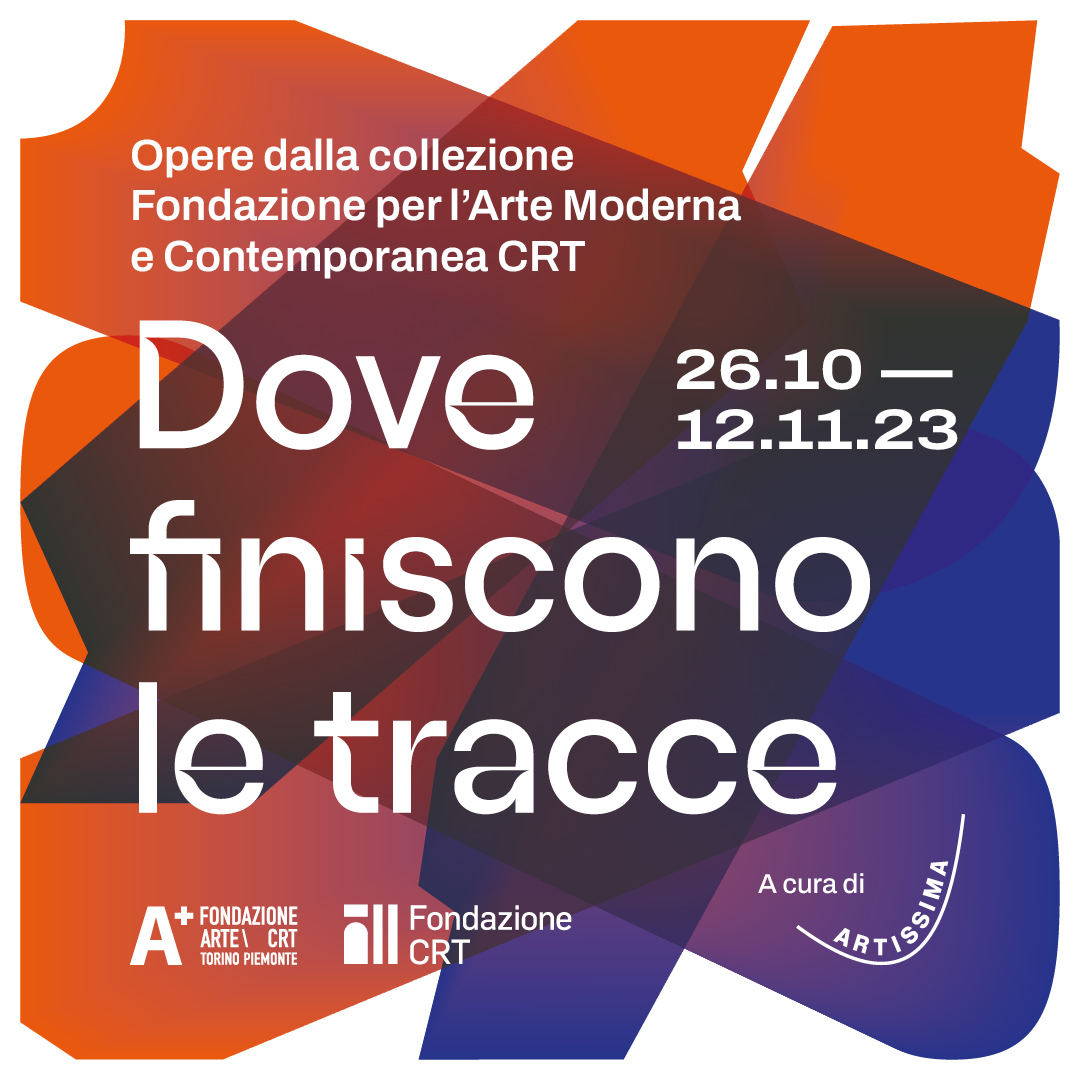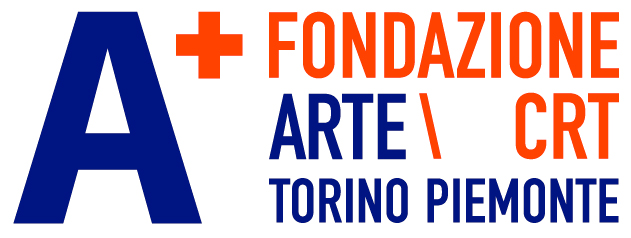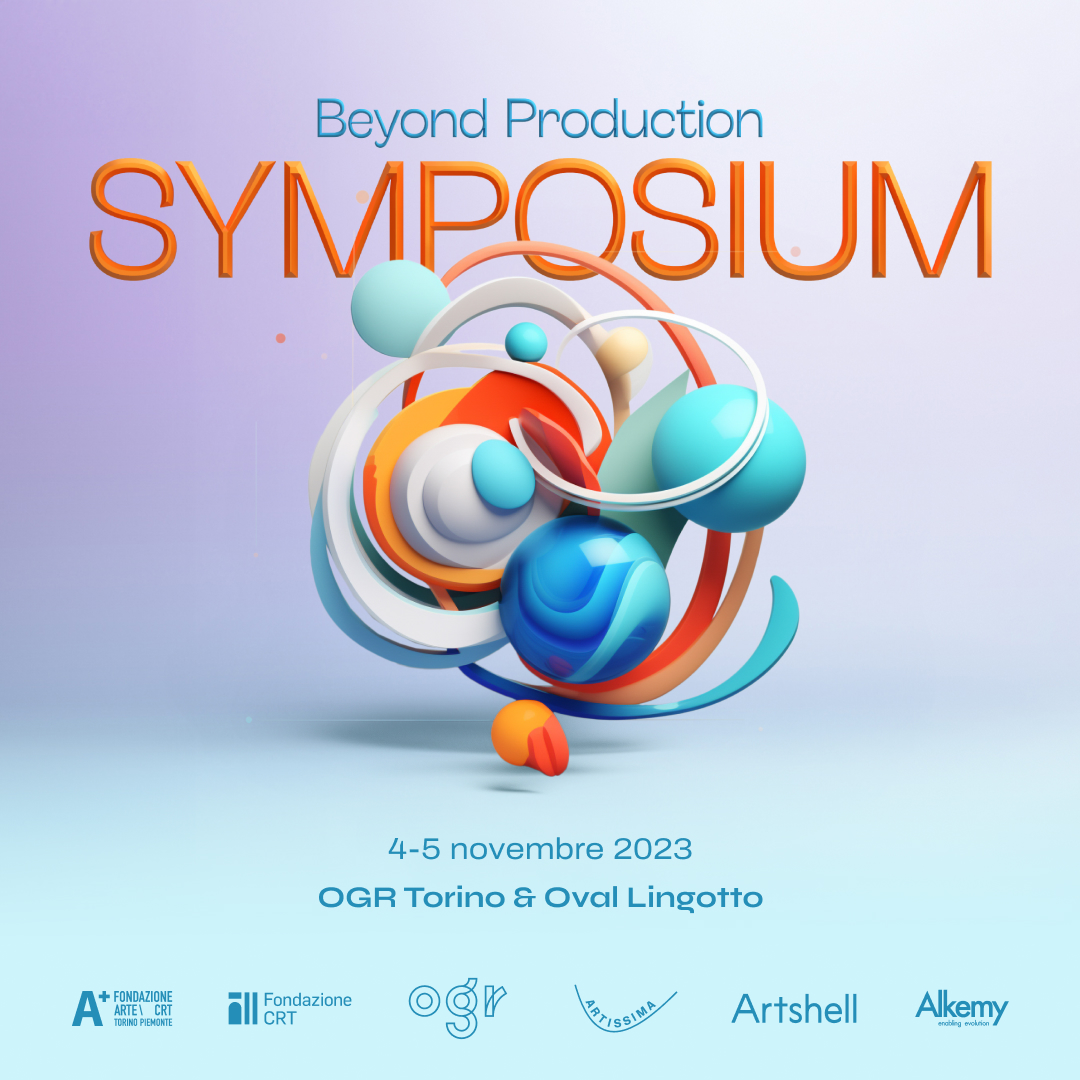News
DOVE FINISCONO LE TRACCE

Opere dalla collezione della Fondazione per l’Arte Moderna e Contemporanea CRT
Dove finiscono le tracce. Opere dalla collezione della Fondazione per l’Arte Moderna e Contemporanea CRT è la nuova mostra diffusa di Fondazione per l’Arte Moderna e Contemporanea CRT in dialogo con Artissima presentata ieri alla stampa e che inaugurerà giovedì 26 ottobre.
In occasione del trentennale della fiera, il centro della città di Torino accoglierà un progetto espositivo nato e sostenuto dal desiderio della Fondazione per l’Arte Moderna e Contemporanea CRT di valorizzare la propria collezione e affidato alla curatela di Artissima; un percorso itinerante in cinque luoghi del centro di Torino, una riscoperta della città attraverso l’esperienza di cinque opere testimoni della collezione della Fondazione per l’Arte Moderna e Contemporanea CRT acquisite nel corso degli ultimi vent’anni e conservate come patrimonio museale dalla GAM – Galleria Civica d’Arte Moderna e Contemporanea di Torino e dal Castello di Rivoli Museo d’Arte Contemporanea.
L’esposizione, a cura di Artissima, racconta il rapporto tra grande storia e microstoria attraverso alcune opere iconiche degli artisti prescelti, in cui l’evoluzione degli eventi che segnano il decorso dei processi storici è accompagnata da riflessioni che declinano i sommovimenti epocali in chiave più intima e imperscrutabile, dando spazio al flusso degli eventi personali, alla soggettività degli artisti così come alla storia culturale del territorio. Ogni opera costruisce un rapporto indiziario con il suo tema di riferimento, mostrando come i rivolgimenti geopolitici, le transizioni della storia globale e la ricerca del sé siano osservati dagli artisti mediante prospettive elusive, spingendosi sin oltre tracce ed evidenze manifeste per svelare realtà nuove e immaginari inediti. Come suggeriva una delle maggiori voci della poesia italiana del novecento, quella di Piero Bigongiari, è dove finiscono le tracce, dove più nulla si legge, che si apre lo spazio di conoscenza dell’arte e della parola poetica.
Palazzo Perrone di San Martino, sede della Fondazione CRT, ospita Contrazione della metafisica n.2 (2007) dell’artista italiano Francesco Gennari, in comodato presso GAM – Galleria Civica d’Arte Moderna e Contemporanea di Torino. Il titolo indica sin da subito la prospettiva da cui osservare la scultura in marmo bianco di Francesco Gennari: quando qualcosa si contrae la sua forma si increspa, il volume diminuisce e la densità aumenta. Nel pensare l’opera Gennari immagina una forma scultorea che progressivamente si asciuga, concettualmente e formalmente, per rapprendersi infine nella figura di un osso animale. Lo scheletro a cui appartiene è, tuttavia, quello di una bestia immaginaria: un’anatomia impossibile in cui le ossa rappresentano l’elemento più denso, come negli organismi reali. E poiché l’animale esiste solo nella mente dell’artista, l’opera funziona come indizio della presenza nel mondo del suo autore, rivelando così la ragione che accompagna l’intera ricerca di Gennari: la volontà di affermare sé stesso mediante una costellazione di autoritratti.
Teatro Carignano accoglie l’opera City of Moscow (Map: Geodetic Bureau for the planning of the City of Moscow, 1940) (2009) dell’artista sudafricano William Kentridge, un arazzo in lana di mohair tessuta a mano in comodato presso GAM – Galleria Civica d’Arte Moderna e Contemporanea di Torino, originariamente parte di una commissione dalla Metropolitan Opera di New York per la regia di una nuova messa in scena dell’opera per cui l’artista ha dato vita a un intero corpus di opere. Dal Don Chisciotte di Cervantes l’artista recupera un’iconografia equestre reinterpretata in chiave antieroica: la silhouette nera del cavallo si sovrappone a una mappa di Mosca nel 1940, città teatro degli sconvolgimenti della storia europea novecentesca e luogo in cui i sogni di cambiamento rivoluzionario hanno dapprima dato significato alle vite di molti, per poi crollare bruscamente dopo la salita al potere di Stalin.
Al Museo Nazionale del Risorgimento è possibile ascoltare l’installazione sonora dell’artista britannica Cally Spooner, Soundtrack for a Troubled Time (2017), in comodato presso il Castello di Rivoli Museo d’Arte Contemporanea. Cally Spooner ha creato un’opera dai toni assurdi che riflette sul movimento dei dati e delle informazioni nel 2017, in un periodo in cui l’uso aggressivo e insensato del linguaggio, pur muovendosi sul piano incorporeo della parola, aveva prodotto una realtà “degradata” e pervasa da una violenza invisibile, restituendo la sensazione di essere sommersi da un’atmosfera linguistica e politica deteriorata, tramite una traccia audio a due canali che diffonde nello spazio la voce di un performer che conta fino a venti in spagnolo mentre viene travolto da secchiate d’acqua e, al contempo, il rumore secco dei colpi sferzati a una palla da golf attraversa l’ambiente.
**Presso Palazzo Madama – Museo Civico d’Arte Antica è esposta l’opera Failed States (2011) dell’artista austriaco Peter Friedl, in comodato d’uso presso il Castello di Rivoli Museo d’Arte Contemporanea. Interessato all’arte come strumento critico per analizzare il reale, l’artista prende spunto dall’FSI (Fragile States Index), il report annuale dell’organizzazione statunitense no profit Fund for Peace che monitora la vulnerabilità dei Paesi ai conflitti e al fallimento economico, per mostrare la matrice ideologica di simili operazioni. La grande composizione esposta, realizzata da detenute ed ex-detenute del carcere Le Vallette di Torino, raccoglie 20 bandiere nazionali e, giocando in modo tagliente con il nome del report, avvicina nazioni solitamente indicate “ad alto rischio di fallimento” con quelle considerate a rischio inferiore, aggiungendo a queste anche le bandiere di Stati non riconosciuti, e non dichiarando i parametri della propria selezione, smascherando così la parzialità e l’arbitrarietà del documento.
Infine, il Teatro Regio di Torino ospita il film digitalizzato dell’artista britannico Simon Starling Four Thousand Seven Hundred and Twenty Five (Motion Control / Mollino) (2007), in comodato presso GAM – Galleria Civica d’Arte Moderna e Contemporanea di Torino. In questo film in 35 mm i movimenti della macchina da presa percorrono da ogni angolazione possibile le forme di un’iconica sedia progettata da Carlo Mollino nel 1959. L’atto di osservare la sedia molliniana permette a Starling di evocare, attraverso i movimenti della cinepresa, l’autore che l’ha progettata. Il modo di procedere dell’inquadratura richiama non soltanto l’arabesco, linea emblematica delle creazioni di Mollino, ma anche i percorsi sinuosi e curvilinei degli sci e degli aeroplani, sue grandi passioni. Attraverso l’occhio filmico, Starling realizza così una lettura interpretativa inedita e maestosa, che dall’analisi formale si approssima a un atto di omaggio nei confronti del proprio oggetto.
La mostra sarà gratuita e visitabile dal pubblico a partire dal 26 ottobre fino al 12 novembre.
Tutte le sedi, dal giovedì alla domenica (26-29 ottobre, 2-5 novembre, 9-12 novembre 2023), dalle 11.00 alle 15.00*
*Teatro Regio dalle 11 alle 13
** La sede di Palazzo Madama non è disponibile nelle date 9-12 novembre 2023.


